# Transformative Math Reads That Shaped My Perspective
Written on
Chapter 1: The Power of Reading
Once you brew a satisfying pot of tea, it can be left simmering on low heat to enjoy throughout the evening. Just as prolonged steeping enhances the flavor of tea, reading allows our minds to deepen and grow. Over time, the insights we gain become richer, expanding our imagination.
As Nasreddin Tusi wisely stated, “Books can’t bring back the dead or enlighten the foolish. They sharpen the intellect and quench our thirst for knowledge. In just a month, you can learn from an expert far more than you would in a lifetime, alleviating your knowledge debt. Books protect you from associating with unsavory individuals and prevent you from forming bonds with the uninformed.”
However, the benefits of reading hinge on selecting the right books. While every book offers learning opportunities, some stand out as particularly transformative. They not only spark creativity or impart the principles of physics and mathematics but also open new horizons.
Here, I've compiled seven mathematical texts that have profoundly influenced my life during and after my encounters with them.
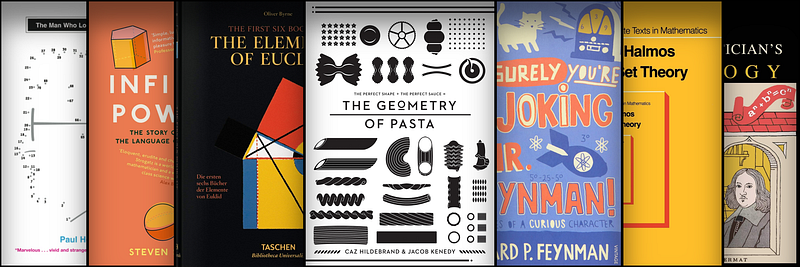
Naive Set Theory
In 2005, I faced my greatest challenge in university during Ali Nesin’s Set Theory course. Prior to this class, my experience with mathematics had revolved around numbers and operations. However, this course turned my understanding upside down. The professor didn’t write any numbers on the board during our two-hour lecture; it was entirely about abstract concepts, leaving me bewildered.
After a month of struggling, I approached Professor Ali and shared my difficulties. He handed me Paul Halmos’ book on Set Theory and urged me to absorb its content. On the bus ride home, I delved into the first section, and a wave of happiness washed over me as I realized I was learning so much. From that moment on, my enjoyment of the Set Theory lectures blossomed.
As English commentator Peter Drury exclaimed when Messi maneuvered past three Real Madrid players to score, it was “wonderful, wonderful, wonderful.” This book is essential reading for any math student.
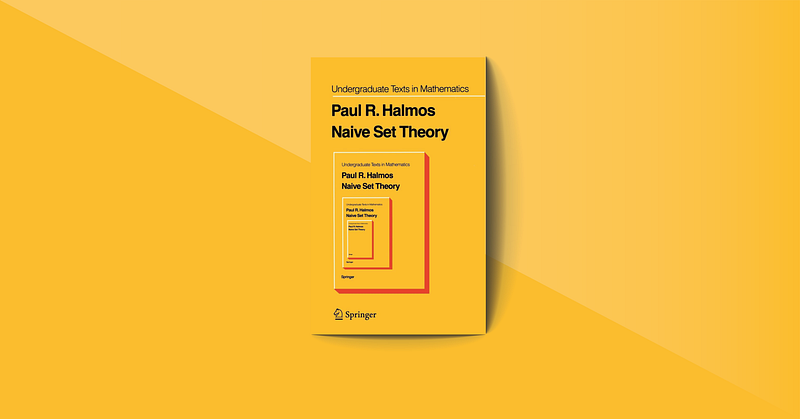
Surely You Are Joking, Mr. Feynman
I discovered Richard Feynman and his book, "Surely You Are Joking, Mr. Feynman," on a winter night in the library. The book rested on a coffee table near my window, with a post-it note reading, “I have to understand the world you see.” Eager to grasp the world as well, I picked it up.
This book illustrated what an inspiring educator should embody. Feynman recounts preparing to teach physics in Brazil by learning Portuguese, stating, “A person learns best in their mother tongue, so a Brazilian student deserves to learn in his tongue.” This was a commendable approach by Feynman.
That experience motivated me to watch English-speaking teachers on YouTube to enhance my classes. I documented their terminology and adapted my lesson plans accordingly. This proved beneficial for both my students and myself.
Throughout the book, Feynman shares memorable anecdotes with clever prose and vivid imagery. While his life story might not resonate with everyone, the wisdom he imparts throughout can certainly guide readers.
If a first-year physics student were to read this book, they would likely be filled with excitement about pursuing a scientific career.

A Mathematician’s Apology
G.H. Hardy begins this book by asserting that mathematicians dedicate their lives to creating and solving unanswered questions, followed by the idea that judgment and praise are meant for lesser minds.
Hardy’s blunt remarks initially disheartened me. However, he starkly highlighted the necessity of individuals who will build the modern world. There truly is a significant distinction between action and mere talk.
Another captivating section details Hardy’s choice of mathematics. He reflects on how, as a child, he found math easy, which set him on the path to becoming a mathematician. He chose to pursue what he excelled at rather than settling for mediocrity.
I highly recommend this concise read for anyone aiming to excel in mathematics.
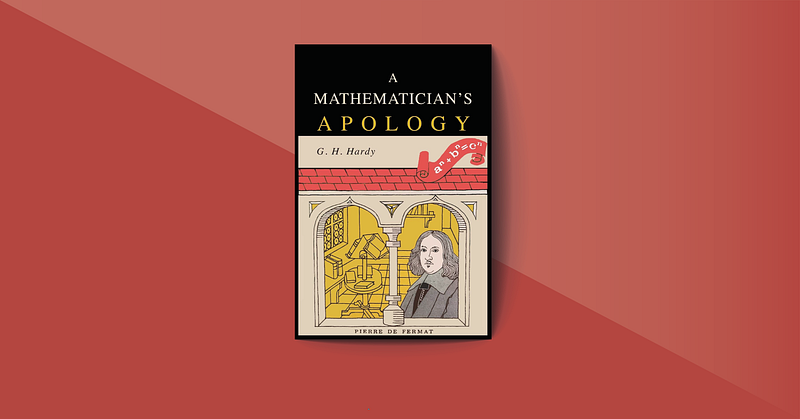
Euclid’s Elements
According to Ali Nesin, understanding the universe requires geometry, and advancing mathematics is essential for grasping geometric concepts. He asserts that geometry is a fundamental need for humanity.
The father of this vital discipline is Euclid. Using just a compass and ruler, he mapped points in empty space thousands of years ago, leading to the development of modern geometry. He authored the eleven treatises known as "Euclid’s Elements," driven by a desire not just to accept facts but to prove and comprehend them.
This book taught me the art of proof. Each time I revisit it, I am in awe of how Euclid simplifies and elucidates proof. As Einstein remarked, “Anyone who isn’t captivated by this book in their youth should not consider making strides in theoretical sciences.”

The Man Who Loved Only Numbers
During my master’s in Mathematics, my professor tasked us with choosing a math book for a presentation. I selected Paul Hoffman’s "The Man Who Loved Only Numbers" from the extensive list provided.
This book chronicles the life of Paul Erdős, a 20th-century mathematician renowned for his remarkable contributions.
Through the narrative, we witness Erdős’ profound love for mathematics, valuing it above relationships, wealth, and fame. His passion for math was so intense that he insisted on having a surgeon knowledgeable in mathematics for his eye operation so they could converse.
Erdős’ enthusiasm for math deeply influenced me, and I hope someone transforms his story into a film for all to appreciate.
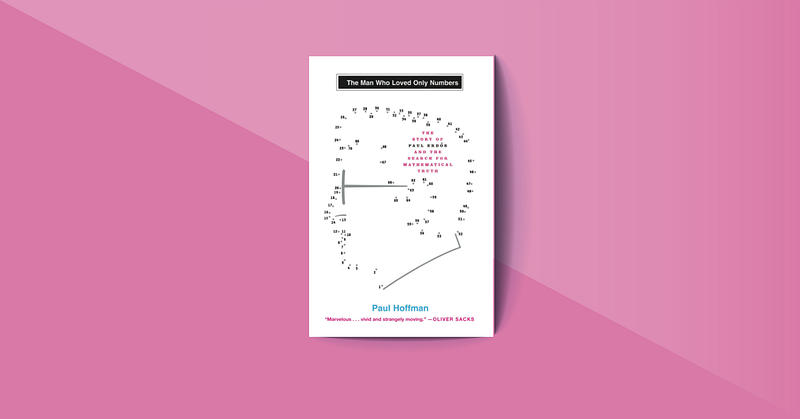
Infinite Powers: The Story of Calculus — The Language of the Universe
Three years ago, when I was asked to teach AP Calculus, I immersed myself in studying Calculus to prepare. During the summer, I frantically sought out educators and lecturers on YouTube, discovering Steven Strogatz’s lecture on the "Applications of Calculus," which captivated me.
In that lecture, Professor Strogatz explained how calculus is crucial for understanding everything from determining a baby's gender to creating Pixar's stunning animations, even to the calculations that enabled Usain Bolt to break world records. After absorbing the entire lecture, I promptly ordered his book.
This text clarified a question I had long struggled with: “Why do I need math?” It also emphasized the importance of engaging projects with students to teach and visualize the abstract concepts they encountered.
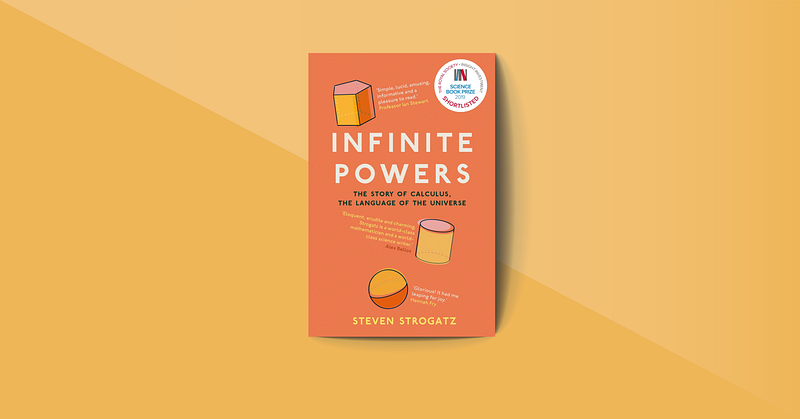
The Geometry of Pasta
I can never get enough of two culinary delights: pasta and french fries. Sometimes, I even lean towards pasta over fries.
Thus, when I stumbled upon this book in an old bookstore, I immediately purchased it without even glancing at its contents. What could a dollar book on pasta and geometry possibly offer?
To my surprise, it was delightful and introduced me to the aesthetic elegance of mathematics. Math cannot be dull, as it plays a role in crafting diverse and visually appealing pasta shapes enjoyed worldwide.
In essence, this book didn’t teach me new mathematical concepts but rather revealed the true nature of aesthetic beauty.

Note 1: Subscribe to "Beyond Euclid!"—my weekly newsletter that curates high-quality math and science content to brighten your week. Your support as a member would be greatly appreciated!
Note 2: I earn commissions for purchases made through the Amazon links in this post.